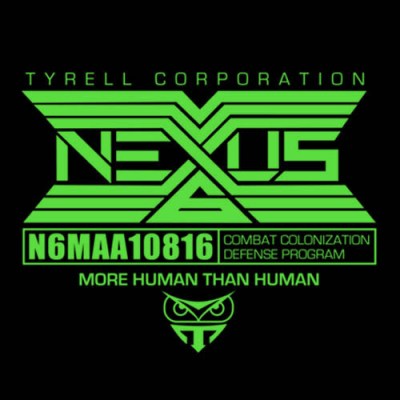It seems the much-rumored Google Nexus Tablet is nearing release. Citing Basemark benchmarking reports, the device is supposedly codenamed Grouper, running Android 4.1 (Jelly Bean) and employing a 7-inch, 1280 x 768 display powered by a 1.3GHz quad-core Tegra 3. If true, this means the upcoming tablet will likely lack 4G wireless connectivity since Nvidia’s latest SoC is incompatible with current 4G chipsets. Without 4G, and since this is a forward-thinking Nexus device, it’s safe to say that the tablet will lack a data wireless radio of any sort and will instead ship with just WiFi.
Besides, even without the compatibility issues (which might be resolved), Google will not be able to launch a wireless-enabled tablet at a Kindle Fire price. They can’t in essence eat their Jelly Bean and have it too.
Much like the so-called spec, performance is dead. It’s meaningless in today’s post-PC devices. Either the device, such as a tablet, works, or it does not. A quad-core chip like the Tegra 3 used here does not improve Angry Birds. There is simply an expectation by the consumer that a device works, and if it does not, then it’s worthless. Comparing clock speed or data throughput between different modern SoCs is worthless. Consumers are shopping for functionality rather than performance. A Nexus tablet without 3G/4G is doomed to the niche market.
Google recently started selling unlocked Galaxy Nexus smartphones from the Google Play storefront. This in theory could also work for wireless tablet. For whatever reason Android tablets with wireless connectivity are strangely tied to 2 year wireless data contracts. This makes them horrible buys compared to the iPad that’s sold with just an extra surcharge for the option. Not only do these tabs generally carry a similar price, but they lock buyers into a 2-year contract that greatly inflates the overall cost. In a perfect world Google would bypass the carriers, and sell an unlocked Nexus tablet in this same storefront — expect a WiFi model to be available there, though.
The Nexus brand has always been a sort of geek device, targeting Android’s core audience rather than the general consumer. Even the name, a nod to Blade Runner, is an inside joke among its users. But a Nexus Tablet is supposed to be something different. It’s supposed to be a Google’s answer to the iPad and the Kindle Fire.
Ignoring different platforms, the iPad and Kindle Fire hold a dominant chunk of the total tablet marketshare. For various reasons pure Honeycomb tablets do not sell in overwhelming numbers. Simply put, most of the Android tabs from Samsung, Motorola and Asus are priced similarly to the iPad and do not offer a significant advantage. The Kindle Fire is different, though.
Amazon got the Kindle Fire right. By pricing it at $200 and skinning it with a consumer-friendly GUI, the tablet targeted the huge audience of curious onlookers. It didn’t need 3G wireless to sell versus the iPad. The low price was justification enough.
Amazon wisely built the tablet around its robust content offering, allowing the retailer to sell the tablet with a very slim margin. Traditional tablet makers like Samsung and Motorola do not have this luxury. These consumer electronic companies need to turn a profit from the hardware. Amazon, and Apple for that matter, can rely on retail channels to make up for the smaller margins on the device itself.
Google is going to have the same problem with the Nexus tablet. It’s unclear if Google Play can provide enough back-end revenue to support a low price for the Nexus Tab. It’s rumored to retail for $199 to $249, providing a Honeycomb (or even Jelly Bean) alternative to the Kindle Fire. Today’s rumor peg the device with a top-of-the-line Tegra 3 SoC and a quality screen. These are not inexpensive parts like Amazon uses in the Kindle Fire. Samsung sells its less capable Galaxy Tab 7.0 for $349. But without wireless connectivity, the only advantage Google has will be price. Without a low price and wireless connectivity, the Google Nexus Tablet will be just another also-ran Android tab.
